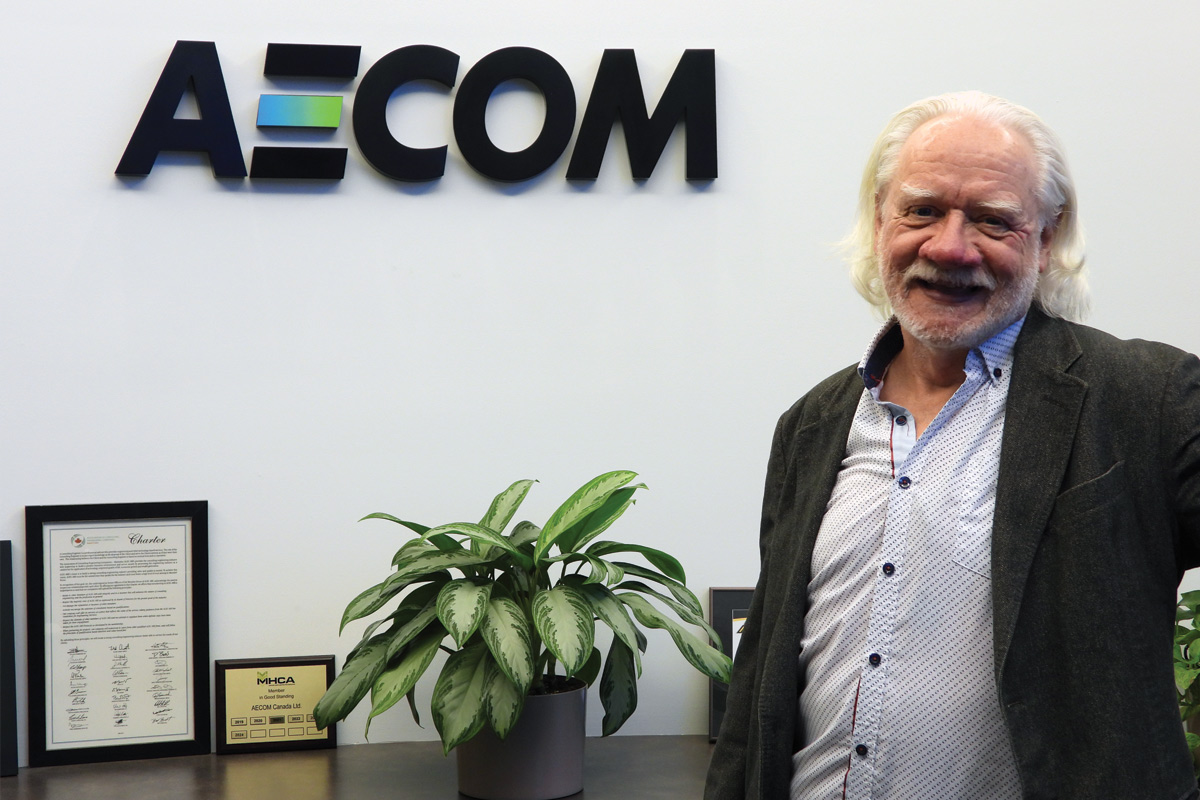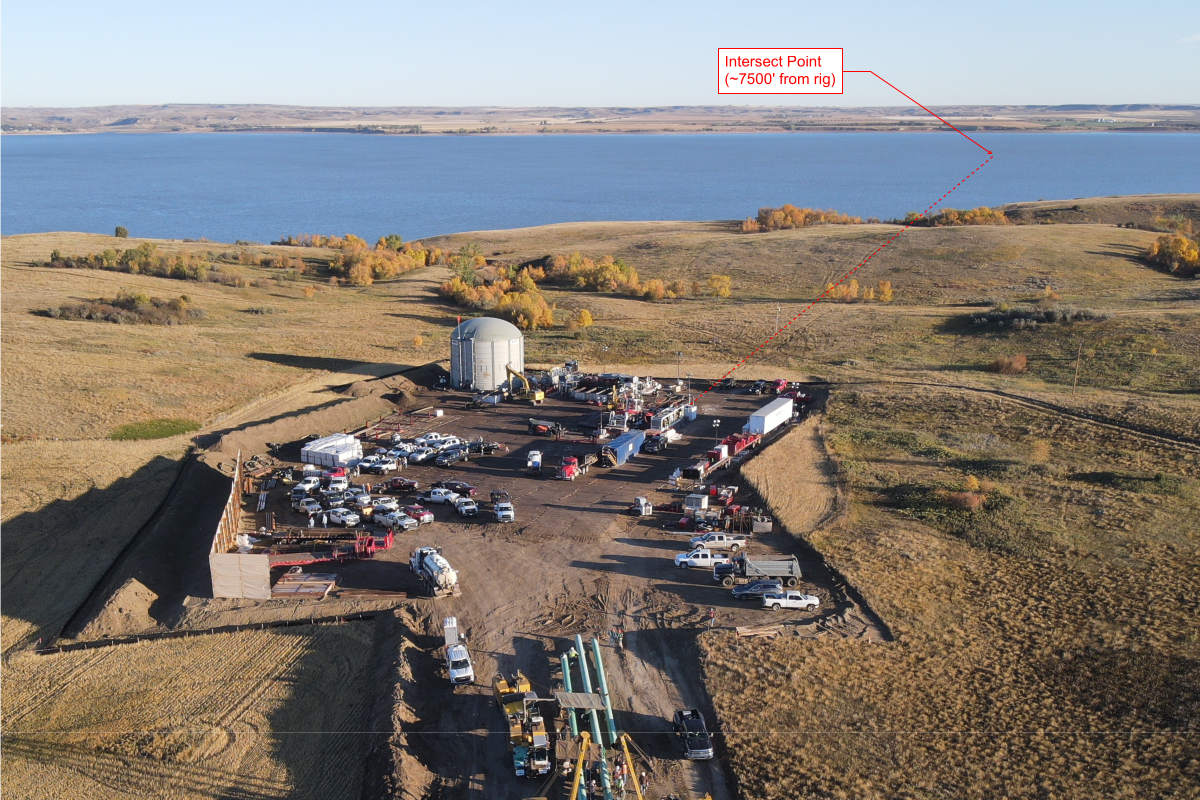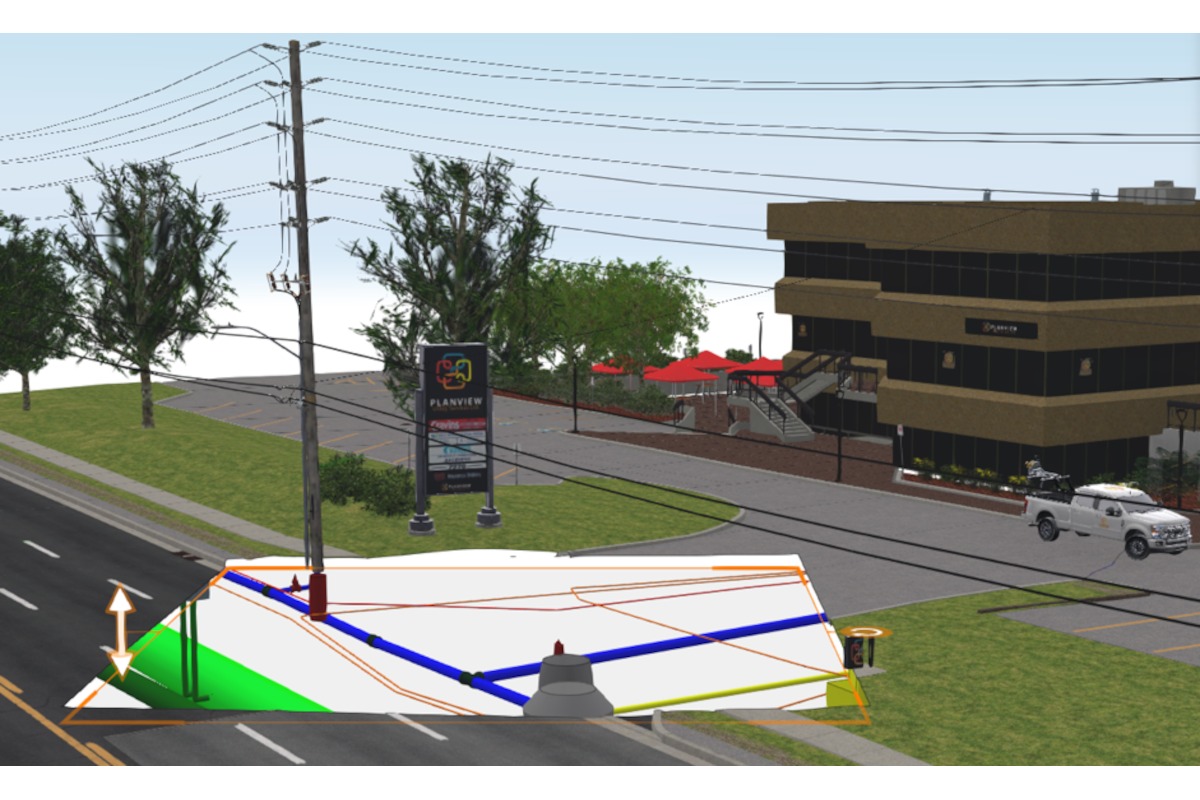Sanexen Environmental
 Every day, citizens across North America turn their sink faucets on to wash dishes, their hands or just simply to quench their thirst — without much thought to where the water is coming from. But that’s not the case for the municipality personnel who make it a priority to provide their cities with clean drinking water. Year after year, careful considerations are made and money is spent to repair water mains and ensure that water will make its way to millions of homes.
Every day, citizens across North America turn their sink faucets on to wash dishes, their hands or just simply to quench their thirst — without much thought to where the water is coming from. But that’s not the case for the municipality personnel who make it a priority to provide their cities with clean drinking water. Year after year, careful considerations are made and money is spent to repair water mains and ensure that water will make its way to millions of homes.
Sanexen Environmental Services Inc. is also part of the water management. For the past two decades, Sanexen has been intent on creating products and technologies that are environmentally sound, from site remediation to risk assessment. However in the late 1990s, the company switched its gears toward creating a structural water main rehabilitation technique — a move that resulted in Sanexen making its mark on the trenchless industry.
After years of designing and testing viable solutions for the water main dilemmas, the company’s scientists and engineers developed Aqua-Pipe — making a dream come true for asset managers and municipalities in need of repairing their all important drinking water mains.
Abiding by drinking water requirements, Aqua-Pipe offered cities a way to repair water mains at a lower cost, without using open-cut methods.
Although the company has earned its bragging rights with the technology, it remains quite modest in boasting. Alain Sauriol, president of Sanexen, simply stakes the company’s success as a combination of ingenuity and experience, not to mention, a quality product.
Sauriol notes: “Our success comes from the fact that from our early beginnings, we have always managed to merge our technical expertise with our strong field experience to offer the customer the best trenchless water main rehabilitation product at the lowest price.”
New Ownership, New Innovations
Sanexen first began in 1985, as part of a large industrial cleaning company in Canada. Located in the Montreal area, Sanexen focused on environmental services such as contaminated sites remediation and polychlorinated biphenyls (PCB) waste management. However from the beginning, the development of an expertise in drinking water main trenchless rehabilitation was one of the company’s primary goals.
In 1991, Sauriol arranged a management buyout — turning Sanexen into a privately-held company owned by the management. The venture led to a new and exciting experience for the owners, who were younger and most at the beginning of their professional careers, says Sauriol.
The management team sold 70 percent of their shares in 1992 to Logistec Corp., a public company listed at the Toronto Stock Exchange. Since then, the shares have remained in the current management’s hands and ownership of Sanexen has not changed, says Sauriol.
In 1998, the PCB market saw a decline, leaving Sanexen to look to its client base for new growth opportunities. The company took its clients’ needs into consideration in developing its next product. From there, the company’s original goal was revisited.
“Since we already had municipalities as part of our client base, we naturally went to them to inquire on their needs,” says Sauriol. “As most city engineers were already familiar with sewer rehabilitation, they made it very clear that if we could design a way to structurally rehabilitate water mains using trenchless technology, they would buy it.”
The interest from clients made Sanexen intent on supplying a product to fill the need for the trenchless solution. The potential to create such a product and its abilities to launch the business into the future intrigued the company.
“It became clear to us that as gold was in the 18th century and petroleum in the 20th, that potable water would be the commodity of the 21st century,” says Sauriol.
Working the Waterways
With the high demand for structural water main rehabilitation techniques, Sanexen began designing potential products to satisfy its clients’ needs. Specialized employees were called upon to begin researching and creating a product suitable for water main rehab.
“With part of Sanexen’s team of 40 scientists and engineers, we undertook the task of developing a product for the structural rehabilitation of drinking water mains,” explains Sauriol. “Research of existing products and technologies showed that nothing that was readily available met the customers’ requirements.”
In the pursuit of creating such a product, Sanexen personnel came upon the idea of Aqua-Pipe, a structural cured-in-place liner. The liner was fabricated to meet Sanexen’s specifications and was impregnated with a proprietary thermoset polymeric resin to form a strong composite pipe, explains Sanexen vice president Ben Côté. To install, the product is pulled in place and cured at the jobsite — with minimum inconvenience. Access pits are dug every 500 ft to access the water main. All services are opened from within using robotic cutters, adds Côté.
The liner was also designed to meet the ASTM F1216 and ASTM F 1743 guidelines for the rehabilitation of water mains and certified to NSF/ANSI Standard 61, he explains.
Although the product showed potential for water main rehab, it was not ready for immediate sale. Numerous test runs and tweaking were made to ensure it was durable and ready to be employed in water main projects. Years of R&D had to go into the product before clients could benefit from the technology.
“From scratch, we designed, tested and commercialized the Aqua-Pipe product for over a two-year period,” says Côté.
When the product was ready for sale, Sanexen found licensees that would install the product throughout North America — allowing clients to utilize the technology in their projects, as well as prove its creditability in the market.
“When Sanexen developed Aqua-Pipe in 1999, we knew that the development of the product and the technology needed for the installation was sufficiently advanced to move to the commercialization stage,” says Sauriol. “After over 100 miles installed in more than 30 North American cities, we are now convinced that Aqua-Pipe has proven to be an efficient answer to a growing problem.”
Since its creation, Aqua-Pipe has been installed throughout North America. Sanexen has trained Aqua-Pipe licensees in New York, Michigan and Ontario and Atlantic Canada, says Sauriol. Contracts have been completed by these licensees in more than 30 North American cities including Clinton Township, Mich., and the Holland Tunnel in New York City.
Sauriol has seen the product sold to countless customers and installed in projects, proving its place in the trenchless market over the last five years.
“To this day, Aqua-Pipe remains one of the rare viable solutions for the renewal of distribution water mains,” he says.
Competing Through Challenges
Sauriol explains that funding is the most prevalent challenge the structural water main rehabilitation market faces today. The lack of money set aside in a city’s budget to repair underground infrastructure hinders the proper work to be completed, as well as leaves a great burden on taxpayers.
“In the United States, $250 billon over the next 30 years will be needed to maintain the existing drinking water infrastructure,” notes Sauriol. “Although these figures are extrapolations from a survey of 20 utilities, what counts is the tangible ability of municipalities and utilities to pay the bill. Most experts agree that $175 billion will be required over the next five years for North America. This spending could put an extra tax burden on American households.”
Another challenge Sanexen has encountered has been educating others when new products become available. This education involves making the new trenchless technologies known to asset managers, as well as proving the technologies’ benefits to projects.
“For the last five years, we have traveled to every corner of the country and we have taken part in every major water industry event in order to promote the benefits of Aqua-Pipe to municipalities and utility managers,” says Côté.
 Along with the challenges the marketplace presents, competition with other companies and products plays a role in the obstacles Sanexen encounters. Although Aqua-Pipe has given Sanexen an advantage over many with the ability to repair water mains without open-cut methods, another incentive comes from the cost, Sauriol says. The technology is less expensive than some other methods, leaving city officials some extra change in their budget’s piggy bank.
Along with the challenges the marketplace presents, competition with other companies and products plays a role in the obstacles Sanexen encounters. Although Aqua-Pipe has given Sanexen an advantage over many with the ability to repair water mains without open-cut methods, another incentive comes from the cost, Sauriol says. The technology is less expensive than some other methods, leaving city officials some extra change in their budget’s piggy bank.
“The competitive edge of Aqua-Pipe comes from the 25 to 40 percent savings that can be made when compared to conventional open-cut replacement of old pipes,” says Sauriol. “These savings become extremely important when other utilities are present.”
Continuing to Progress
Although Sanexen has found success with Aqua-Pipe, the company still strives to make its product better and keep ahead of trends and changes in the industry. Through an extensive research and development program, Sanexen has been keen to provide a quality product at a lower cost. Sauriol notes that the clients the company does business with inspire the company to continuously evolve its products.
“Our clients and licensees have challenged the Aqua-Pipe technology to new levels,” explains Sauriol. “Demand and experience guide our research and development efforts, so that we can reach new levels of applications and performance. These efforts are aimed at new materials, new processes and lower costs.”
The company’s research and development team is led by Côté. According to Sauriol, the R&D group “is continuously looking at other industries for ideas and benchmarking innovations that come from non-related applications.”
Côté also notes that Sanexen’s partnership with world-renowned research institutions, such as the National Research Council of Canada and Louisiana Tech, has helped give the company new insight into the latest innovations in materials and polymer chemistry.
To continue changing and staying ahead of trends, Sanexen earmarks funding to allow for the proper R&D needed to further its products. The money spent today will aid in the products and technologies Sanexen offers to clients tomorrow.
“The Aqua-Pipe R&D program involves the company’s resources in science and engineering. Each year, Sanexen invests 5 percent of its annual earnings in R&D,” says Sauriol.
“These two factors combined allow us to develop new tools, new materials and expand our reach to answer our customers’ requests. Our R &D program is focused on offering our customers the tools they need to renew their water infrastructure at a competitive price.”
Pam Stask is an assistant editor of Trenchless Technology.
Sanexen was present at the 2007 No-Dig Show in San Diego and will be in Dallas in April. At Sanexen’s booth are Valerie Belisle, Aqua-Pipe account manager, and Joe Loiacono, Sanexen director of business development, along with the San Diego Padres’ mascot.




